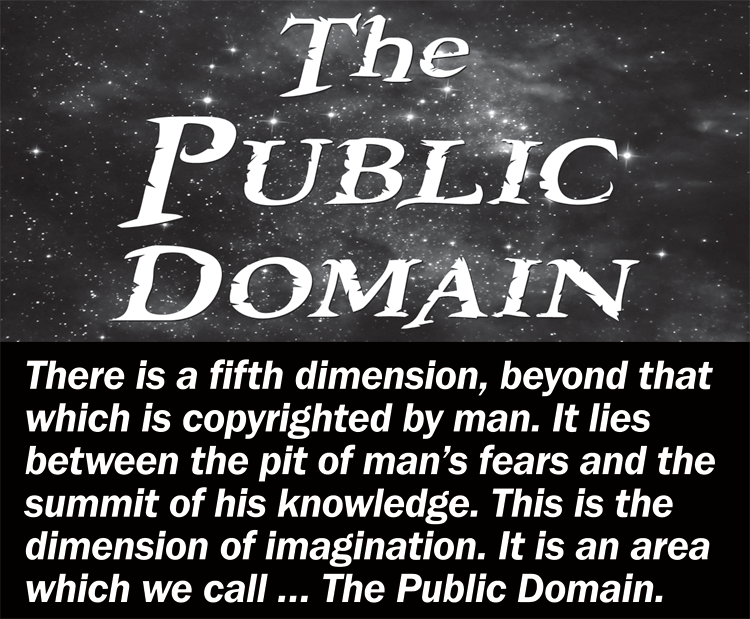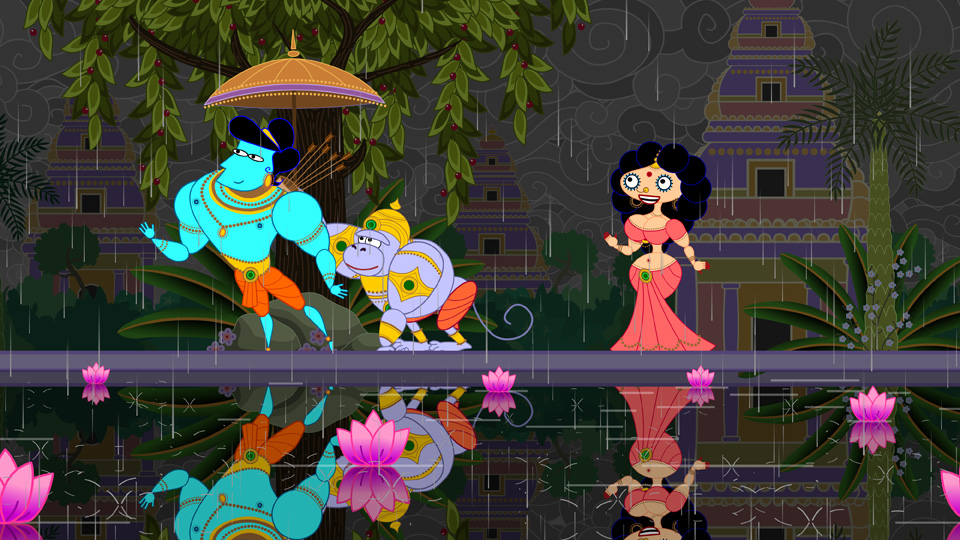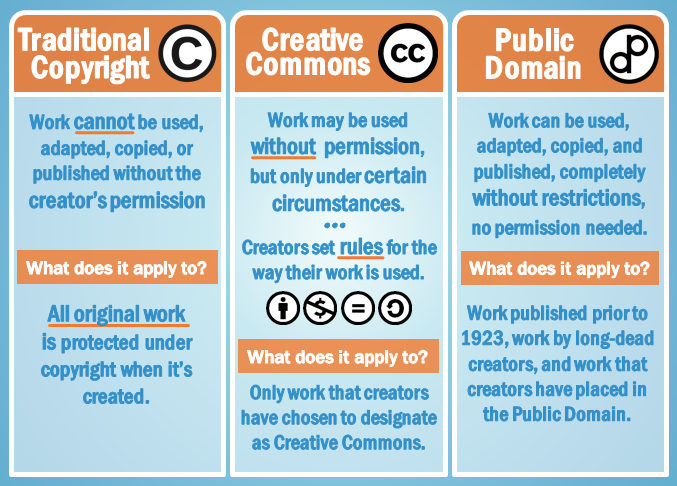OER FEW Session 2
Week 2: “Into the Weeds”
___
Session Powerpoint Slides - Will download .ppt ___
Session 2 Learning Objectives
- Understand the Public Domain, Copyright and Fair Use.
- Learn how to use a Creative Commons License.
- Find OER.
__
What is Copyright?
- Applies to original works created in a tangible medium
- Is automatic with no application needed to be protected
All Rights Reserved
- the right to reproduce the copyrighted work
- the right to prepare derivative works based upon the work
- the right to distribute copies of the work to the public
- the right to perform the copyrighted work publicly
- the right to display the copyrighted work publicly
Myths about Copyright
(Developed by by Brad Templeton)
- Copying just a little bit is OK.
- Attribution is as good as permission.
- It’s free advertising.
- I modified it; now it’s mine.
- It’s OK–it’s for educational purposes.
- You have to give away all your rights to get published.
- It doesn’t say it’s copyrighted.
- It’s on the Web so I can use it without asking.
Video: Forever minus 1 day
What is the Public Domain?
This chart is a tool that I use sometimes, its very complex and I would never expect anyone else to use it: Hirtle Chart
Being out of print does not make it “public domain”.
Federal Documents are OER. They are free from any copyright.
 __
__
Fair Use
This paper “Economic impact of Fair Use” is a good demonstration of the economic power of Fair Use.
Example from art:
Nina Paley is a Jewish American cartoonist and animator. To see the artist’s explanation of this work and a guide to each of the characters, visit her blog. This work is from 2012 and is sung by Andy Williams (originally composed by Ernest Gold as the theme for the movie, Exodus, with the lyrics added later by Pat Boone).
This Land is Mine ** Note - disturbing violent content **
Full length film

“Sita Sings the Blues is a 2008 American animated musical romantic comedy-drama film written, directed, produced and animated by American artist Nina Paley. It intersperses events from the Ramayana, light-hearted but knowledgeable discussion of historical background by a trio of Indian shadow puppets, musical interludes voiced with tracks by Annette Hanshaw and scenes from the artist’s own life. The ancient mythological and modern biographical plot are parallel tales, sharing numerous themes.” Text from Wikipedia CC-BY-SA
General Fair Use Tips
- “again today we have a federal court making it clear that fair use is not just a carve-out of the copyright system but a right on the same level of those described in the rest of the statute”
- “Use fairly. Not too much. Have reasons.”
- Always question: What is the pedagogical purpose of this item? How will it be used?
The distinction between what is fair use and what is infringement in a particular case will not always be clear or easily defined. There is no specific number of words, lines, or notes that may safely be taken without permission. Acknowledging the source of the copyrighted material does not substitute for obtaining permission.
Fair use provisions of the copyright law allow use of copyrighted materials on a limited basis for specific purposes without requiring the permission of the copyright holder. Below we will detail the current state of the law, including the four factors, transformative uses, and cases for reference.
Apply fair use prudently, and manage risk sensibly. “Use fairly. Not to much. Have reasons.” Ask yourself: What is the pedagogical purpose of this item? How will it be used?
Shareable Infographic
 __
__
Creative Commons
A set of voluntarily applied licenses. Their site has great resources
Video: Why Open Education Matters
FURTHER QUESTIONS OR GUIDANCE? Ask your Copyright Librarian.
About Copyright Services @ WCC: “The mission of this service is to establish a culture of shared understanding of copyright among WCC faculty, students, and staff in support of pedagogy, research, and innovation.”
Protecting Your Scholarly Legacy
Searching the Commons - some top sites
Last tips
All materials linked or uploaded to Canvas, regardless of medium or format, should include proper attribution/citation and copyright notices, as the case may be.

